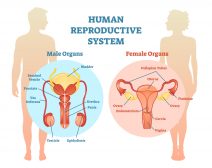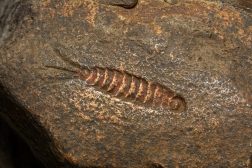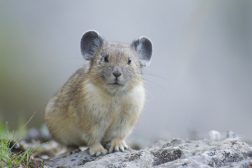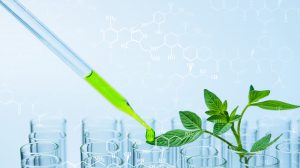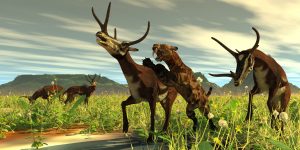Definition
noun, plural: androsterones
A steroid hormone, with a chemical formula of C19H30O2, has masculinizing effects, and usually present in the plasma and excreted in urine of both males and females
Supplement
Androgen is one of the major classes of sex steroids (or sex hormones) of vertebrates, including humans. Androgens include androstenediol (A5), androstenedione (A4), dehydroepiandrosterone (DHEA), dihydrotestosterone (DHT), androsterone, and testosterone.
Androsterone is a steroid hormone that has a chemical formula of C19H30O2. It is a weak androgen, meaning it binds relatively less strongly to androgen receptors. Its potency is about 1/7 the intensity of testosterone.
Androsterone is a metabolite of testosterone. In particular, testosterone is converted to 5α-dihydrotestosterone (by the enzyme 5α-reductase) and 5β-dihydrotestosterone (by the enzyme 5β-reductase). These are next converted to 5α-androstanediol and 5β-androstanediol, respectively, by the enzyme 3α-hydroxysteroid dehydrogenase. Finally, the enzyme 17β-hydroxysteroid dehydrogenase acts on them to convert them into androsterone and etiocholanolone (i.e. the 5β-isomer of androsterone), respectively.
Androsterone is also a metabolite of DHT. Nevertheless, it can be converted back to DHT through the action of the enzymes 3α-hydroxysteroid dehydrogenase and 17β-hydroxysteroid dehydrogenase. Androsterone can also serve as an inhibitory androstane neurosteroid.
Androsterone was first isolated by Adolf Friedrich Johann Butenandt and Kurt Tscherning in 1931 from male urine. Later, it was found to occur in human axilla, sebaceous glands, and skin.
Chemical formula:
- C19H30O2
Synonym(s):
See also:
- androgen
- sex steroid


